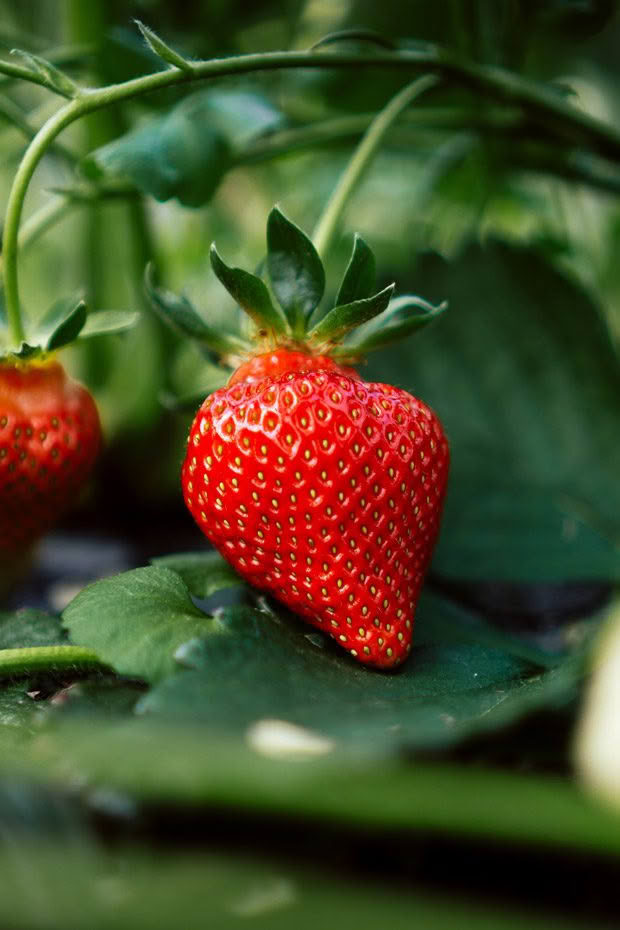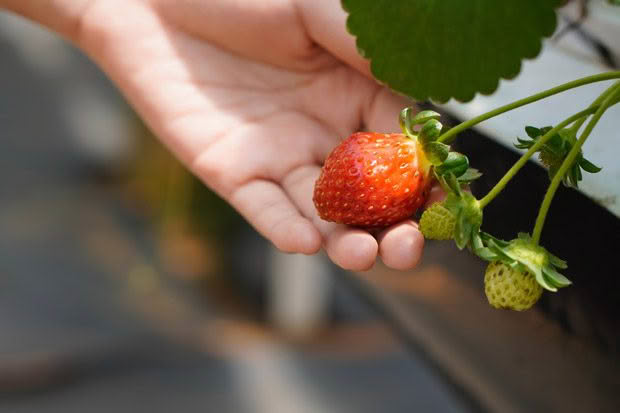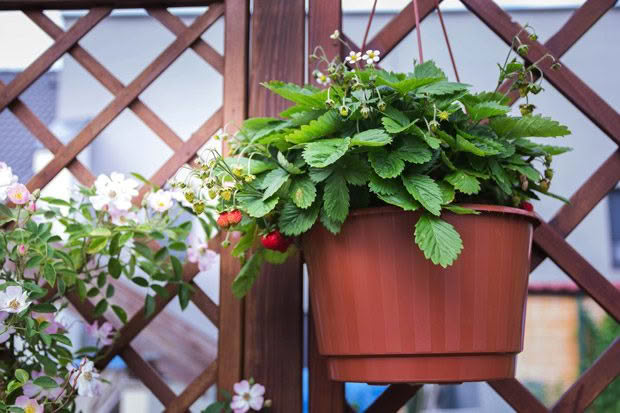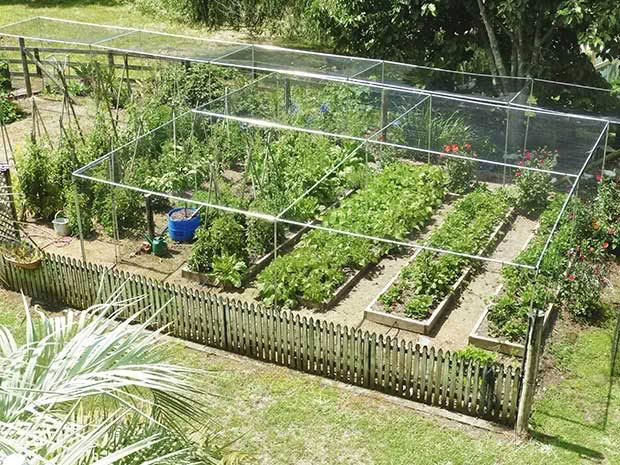A beginner’s guide to growing strawberries

A check list for everything you need to know to get a bumper strawberry crop.
Words: Nadene Hall
Growing strawberries 101
Best planting time: plant from May (warmer regions) through to September (colder regions) – the earlier you plant, the earlier plants will fruit and the more fruit you’ll get.
Pollination: other strawberries, any type
Soil: any with good drainage, mounding helps with drainage (especially if you have clay).
Spacing: leave 30-40cm between plants, in rows 40cm wide.
Yield: to get a good supply for your family, grow 5-6 plants per person.
TYPES
• Day neutral: will fruit anytime when temperatures are warm enough, consistent producers over a long time.
• Short day varieties: fruit mostly between November and Christmas.
TIPS
• Plant a mix of varieties and types if you want strawberries over spring, summer and autumn.
• Mounds (about 10cm high) help prevent disease, encouraging air flow around plants.
• Plant in rows north to south for even ripening.
7 THINGS YOU NEED TO GROW GREAT STRAWBERRIES

• Full sun
• Shelter from wind
• Support, like a wall, stakes, trellis or tee-pee
• Good soil, which may mean lots of compost and manure or acidic conditions
• Pollinators, especially blueberries
• Netting
• A thick layer of mulch
GROWING STRAWBERRIES IN POTS

Strawberries have shallow roots and are well suited to growing in pots. Although you can buy special pots to hold multiple plants, any pot will do. Shallow plant and be careful not to bury the crown (the base of the plant) as this is where new growth emerges.
Pea-straw mulch (from where strawberries get their name) will help lock in moisture and prevent the fruit from touching the soil and rotting. Strawberry plants need the cool winter chill to set them off to flower and are best planted after the last winter frost.
THE BEST HOME FOR THE SERIOUS BERRY GROWER
It would seem birds know how to gossip. Once one bird figures out where your berries are, the massacre of your crops begins. Somehow it’s always about a day or two before the berries are ripe and you are getting excited about the harvest.
That’s why berry or fruit ‘cages’ exist. These are lightweight frames covered in bird netting which sit over part or all of a garden. The netting is still wide enough to allow pollinators like bumble bees to happily fly through it.

This one is from Hunkin Garden Products and covers owner Graham Hunkin’s vegetable garden. It has a lightweight aluminium frame with legs that go 30cm into the soil. The frame stands 2m high so it’s easy to walk around inside. It has a door at one end, and is easy to assemble from a kit.
If you’re a serious berry grower, you can also consider creating an architectural feature out of a cage, with peaked or rounded rooflines and crafted wooden frames.
HOW TO KEEP YOUR BERRY SUPPLIES GOING ALL YEAR
Berries freeze well, so you can enjoy your crop all year with a little planning.
1. Wash berries and pat dry, except blueberries – you don’t want to remove their protective ‘bloom’ or it affects their texture. Hull strawberries.
2. Place berries on a baking tray, lined with baking paper (don’t let them touch) and place in the freezer.
3. Once solid, pour frozen berries into a resealable plastic bag. Measure out in cupfuls and write the amount on the bag, plus the date. Seal, leaving a little air space for the berries to expand. Frozen berries will stay good for up to 12 months.
READ MORE
Why you should start planning in autumn for next summer’s strawberry crop
Love this story? Subscribe now!
 This article first appeared in NZ Lifestyle Block Magazine.
This article first appeared in NZ Lifestyle Block Magazine.
